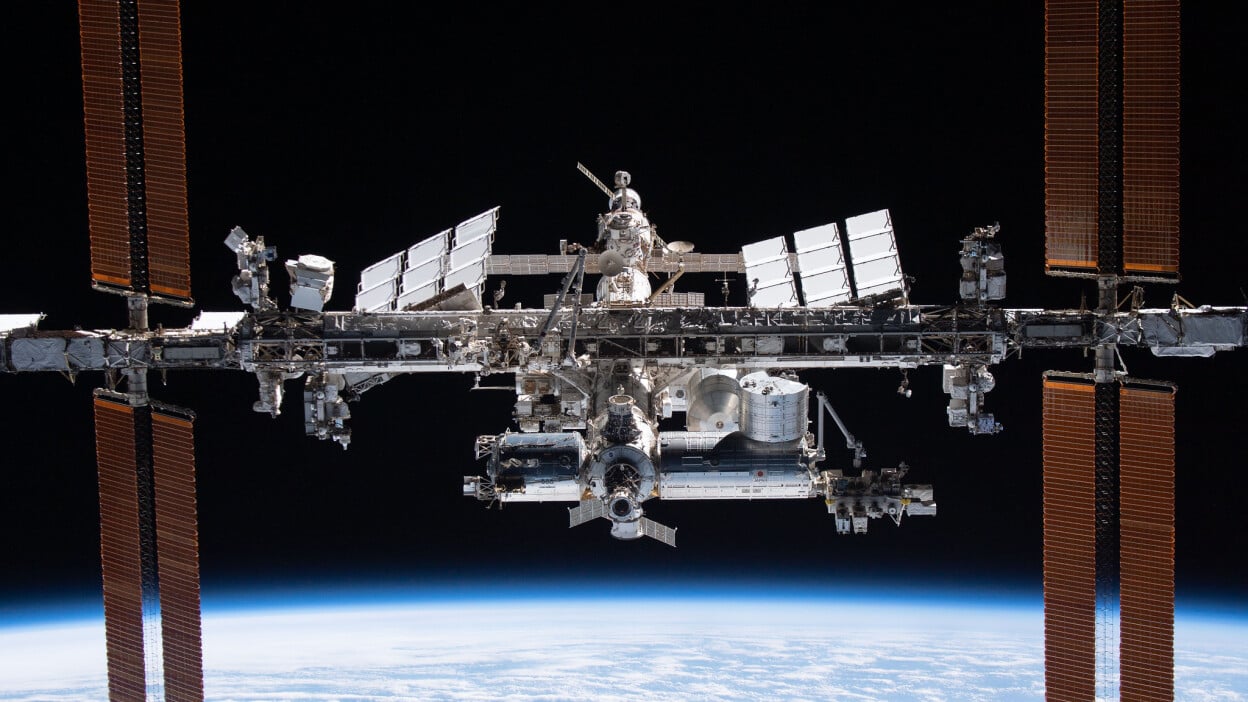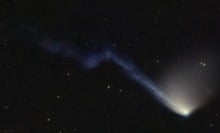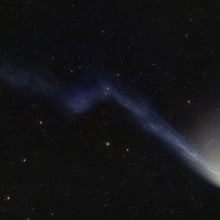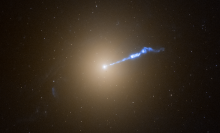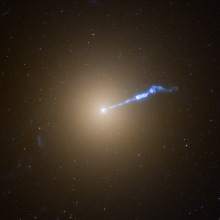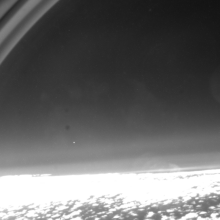An icy visitor is flying through the inner solar system.
Comet Tsuchinshan-ATLAS, also called Comet C/2023 A3, has grown brighter as it's approached the sun, allowing astronauts aboard the International Space Station to capture vivid footage of this ancient ball of ice, rock, and dust. NASA astronaut Matthew Dominick recently posted a view of the comet rising beyond Earth as the station zipped through its orbit at some 17,500 mph.
"Comet rises above the horizon just before orbital sunrise amongst aurora and swirling satellites," the space agency's flight engineer posted online. The comet makes its appearance at the bottom of the view at about 12 seconds into the short clip.
In this view from Sept. 29, the comet is some 75 million miles from Earth, and 38 million miles from the sun (Earth is 93 million miles from our star). As comets approach the sun, they heat up and eject dust and gas into space, leaving long wakes of millions-of-miles-long material, as you can see below. Comet C/2023 A3 just made its closest approach to the sun on Sept. 27, and is now en route to the profoundly frigid realms of the deep solar system.
Tweet may have been deleted
Comets have a lot of material to burn, as they're typically miles long to tens of miles long. "When frozen, they are the size of a small town," NASA explained. One particular comet, discovered in 2021, is a whopping 85 miles wide.
Although Dominick captured the comet with a camera, he did note that it's visible to the naked eye from the space station, too. And down on Earth, it might be visible to skygazers. The "best show," as the comet zooms between Earth and the sun, is likely to happen in mid-October.
But if this comet eludes you, or you can't escape to dark enough skies, enjoy the view from space.
Topics NASA
